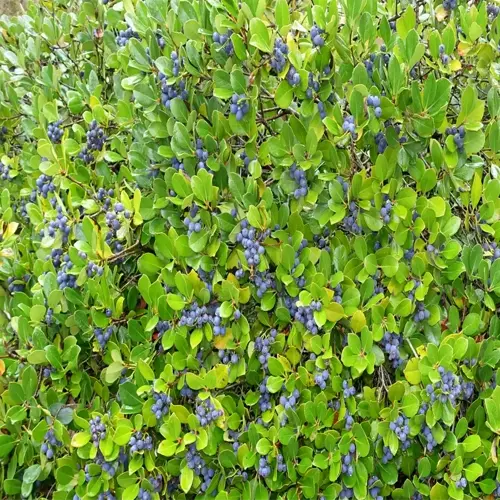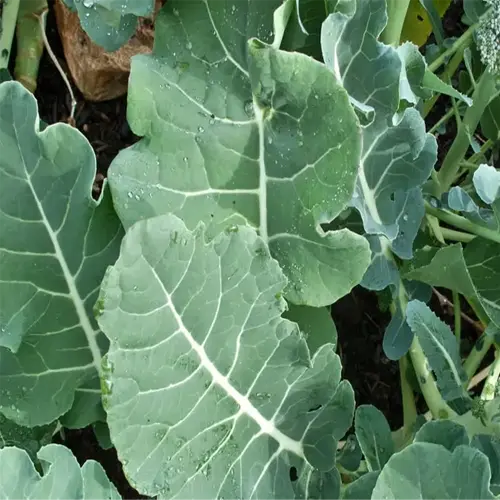What's the ideal fertilizer for Brussels sprouts?

Written by
Olivia Mitchell
Reviewed by
Prof. Samuel Fitzgerald, Ph.D.Brussels sprouts require very precise nutrition as they grow from leafy stalks into tight, sweet sprouts. My first crop failed spectacularly, the result of using a 10-5-5 fertilizer formula, producing all leaves and no buds, etc. Now, I swear by 5-10-10 combinations. The phosphorus-heavy formulas encourage sprout formation and minimize excessive foliage growth.
NPK Ratios
- 5-10-10 at planting for root development
- 3-15-15 during sprout formation
- 0-0-1 seaweed spray for frost tolerance
Compost Tea
- Brew worm castings for 48 hours
- Apply at soil level every 21 days
- Enhances microbial activity
- Avoid foliar spray in direct sun
Nitrogen Control
- Test soil monthly (<2% nitrogen)
- Use alfalfa meal as slow-release source
- Interplant with nitrogen-fixing clover
- Yellow leaves signal excess nitrogen
A simple compost tea completely changed the way I harvest. Every morning, when the soil temperature reaches an ideal microbe temperature of around 55°F,I apply the compost tea. Last year's tea-fed plants germinated 40% more sprouts than chemically-fed plants. By keeping the tea aerated for hours on end, you will have helpful bacteria.
Sources of phosphorus matter. Bone meal is an effective phosphorus source in acidic soils, but my alkaline plot requires me to use rock phosphate. At planting time, I till 1 cup of rock phosphate 8 inches deep per plant. Rock phosphate breaks down and as a slow-release phosphorus option, this will only increase sprout development for 14 weeks without changing the pH levels.
Nitrogen management is what separates the pros from the amateurs. I interplant white clover in the row neighborhoods and it fixes atmospheric nitrogen without excess ammonification. When its leaves turn yellow, I apply diluted fish emulsion rather than granular fertilizer. This allows me to be precise without promoting excessive, leafy overgrowth while allowing sprouts to develop steadily.
Read the full article: How to Grow Brussels Sprouts: Pro Tips for Big Harvests

